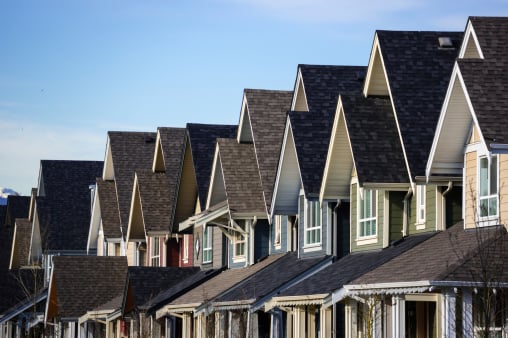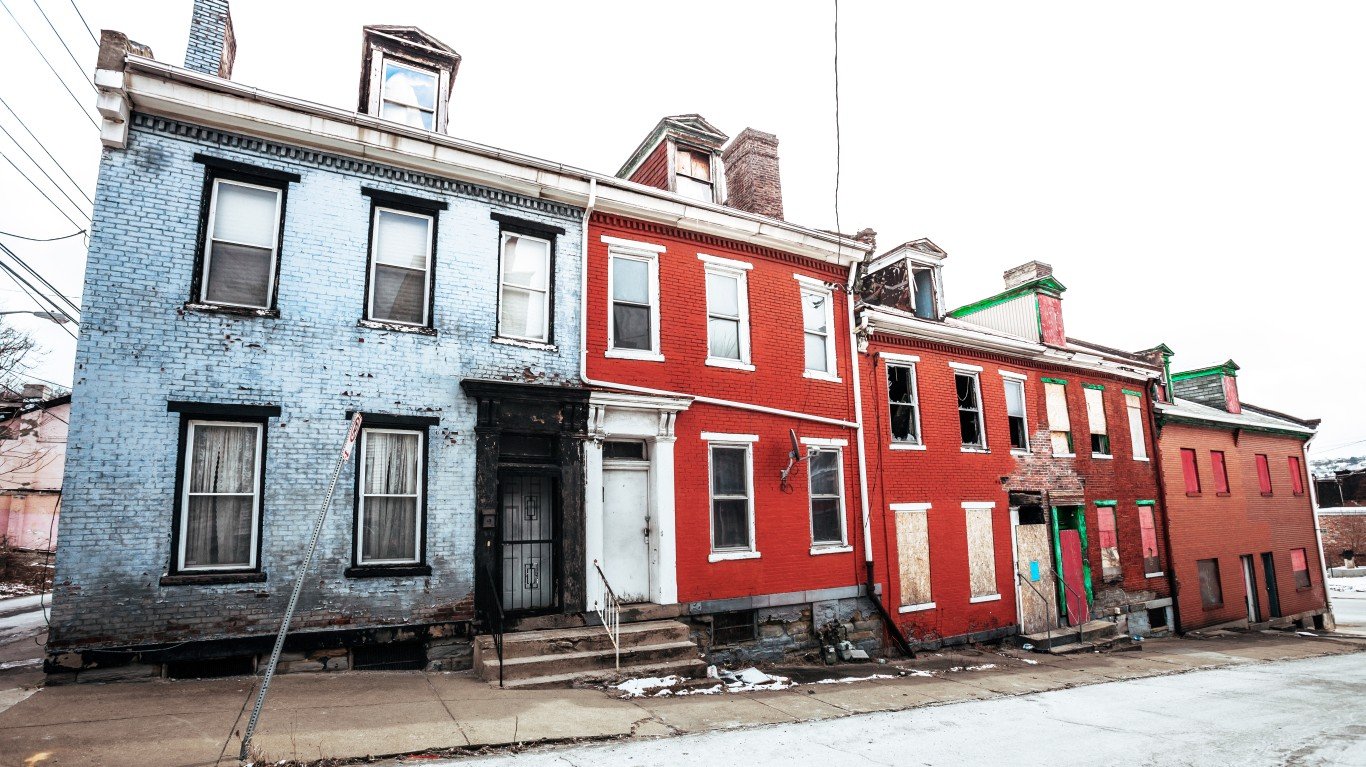If foreclosure rates are among the hearts of the real estate industry, then housing has gotten much stronger. Foreclosure starts hit a 95-month low in November. Overall foreclosure filings dropped 15% from October, the largest month-over-month decrease since November 2010. According to research firm RealtyTrac, foreclosure filings “were reported on 113,454 U.S. properties in November,” another extraordinarily low number by recent measures. Source: Thinkstock
Source: Thinkstock
The good news was not uniform across the United States, just as the disintegration of the housing market that began with the recession was not.
November foreclosure starts increased from a year ago in 15 states, including Pennsylvania (up 233 percent), Delaware (up 104 percent), Maryland (up 74 percent), Oregon (up 38 percent), and Connecticut (up 37 percent).
The states and cities that were most badly hammered by the downturn have mostly lagged as part of the recovery:
The overall decrease in Florida foreclosure activity was driven by a 46 percent annual decrease in foreclosure starts and a 16 percent annual decrease in in bank repossessions, but scheduled auctions in Florida increased 2 percent from a year ago — the 11th consecutive month where scheduled foreclosure auctions increased on a year-over-year basis in Florida.
Along with California and Nevada, Florida and the rust belt bore the brunt of home price attrition.
The hardest hit cities also remain among the slowest to recover, with the majority of these in Florida as well:
Eight of the top 10 foreclosure rates in November among metropolitan statistical areas with a population of 200,000 or more were in Florida. Jacksonville posted the nation’s highest metro foreclosure rate for the month: one in every 288 housing units with a foreclosure filing — more than four times the national average.
Other Florida metros with foreclosure rates ranking among the nation’s 10 highest in November were Miami at No. 2 (one in every 307 housing units with a foreclosure filing); Port St. Lucie at No. 3 (one in every 341 housing units); Palm Bay-Melbourne-Titusville at No. 4 (one in every 343 housing units); Orlando at No. 6 (one in every 384 housing units); Tampa at No. 8 (one in every 410 housing units); Sarasota at No. 9 (one in every 432 housing units); and Ocala at No. 10 (one in every 454 housing units).
While it may take many years for Florida markets to recover, along with some in Nevada and rust belt states led by Illinois, it is hard to make a case that any one factor has hurt real estate values more than foreclosures, and by that measure the housing market has continued to heal rapidly.
Essential Tips for Investing: Sponsored
A financial advisor can help you understand the advantages and disadvantages of investment properties. Finding a qualified financial advisor doesn’t have to be hard. SmartAsset’s free tool matches you with up to three financial advisors who serve your area, and you can interview your advisor matches at no cost to decide which one is right for you. If you’re ready to find an advisor who can help you achieve your financial goals, get started now.
Investing in real estate can diversify your portfolio. But expanding your horizons may add additional costs. If you’re an investor looking to minimize expenses, consider checking out online brokerages. They often offer low investment fees, helping you maximize your profit.
Thank you for reading! Have some feedback for us?
Contact the 24/7 Wall St. editorial team.



